There’s no denying that for a long period of time, women’s apparel—particularly when it comes to women in sport—has not been designed with women’s physiology in mind.
For example, breasts have been breasts since the dawn of time, but the invention of the sports bra is something that really only occurred in the late 70s, early 80s as the fitness craze took over and women realised they didn’t have to suffer while they exercised.
It’s something sports brands have been trying to remedy for years, investing time, money and research to understand how the female body moves during exercise, and how apparel can help, not hinder.

It’s something fitness brand Nike has been working on, analysing more than 70,000 bodies to develop their women’s range (while creating the FIFA Women’s World Cup kits for Australia and New Zealand), which includes everything from sports bras with sewn in pads (finally), to shorts with built-in anti-leakage technology.
The global sporting brand has even enlisted a “bra robot” to help design sports bras that offer total support — not just “up and down” motions.
It’s one of the largest investments into sporting gear the brand has ever undertaken.
We sat down with Jodie Catcher, Nike’s Vice President of Women’s Team Sport, ahead of the start of the Cup on 20 July this year, to discuss how new-age technology and data is the future for garment design.
The Future Of Design Lies In Tech

Gone are the days of a pattern maker creating a design and then making all the measurements bigger or smaller by a few inches and calling it a ‘size range’.
Speaking to the team at Nike, they want a more encompassing view of the women they’re dressing, including the movement they’re partaking in.
“We take 3D data, but now we look at it with motion. So, it’s 4D, right?” Catcher explains. “We video capture the athlete’s body in motion, and we take that and combine it with heat maps of her body, so we know where her highest zones of sweat are.”
From this data, the designers deduce with pinpoint accuracy where a woman may be too hot and need breathability, where she needs support and structure, and where she needs freedom of movement to perform in the activity of her choice.
It’s All In The Fabric
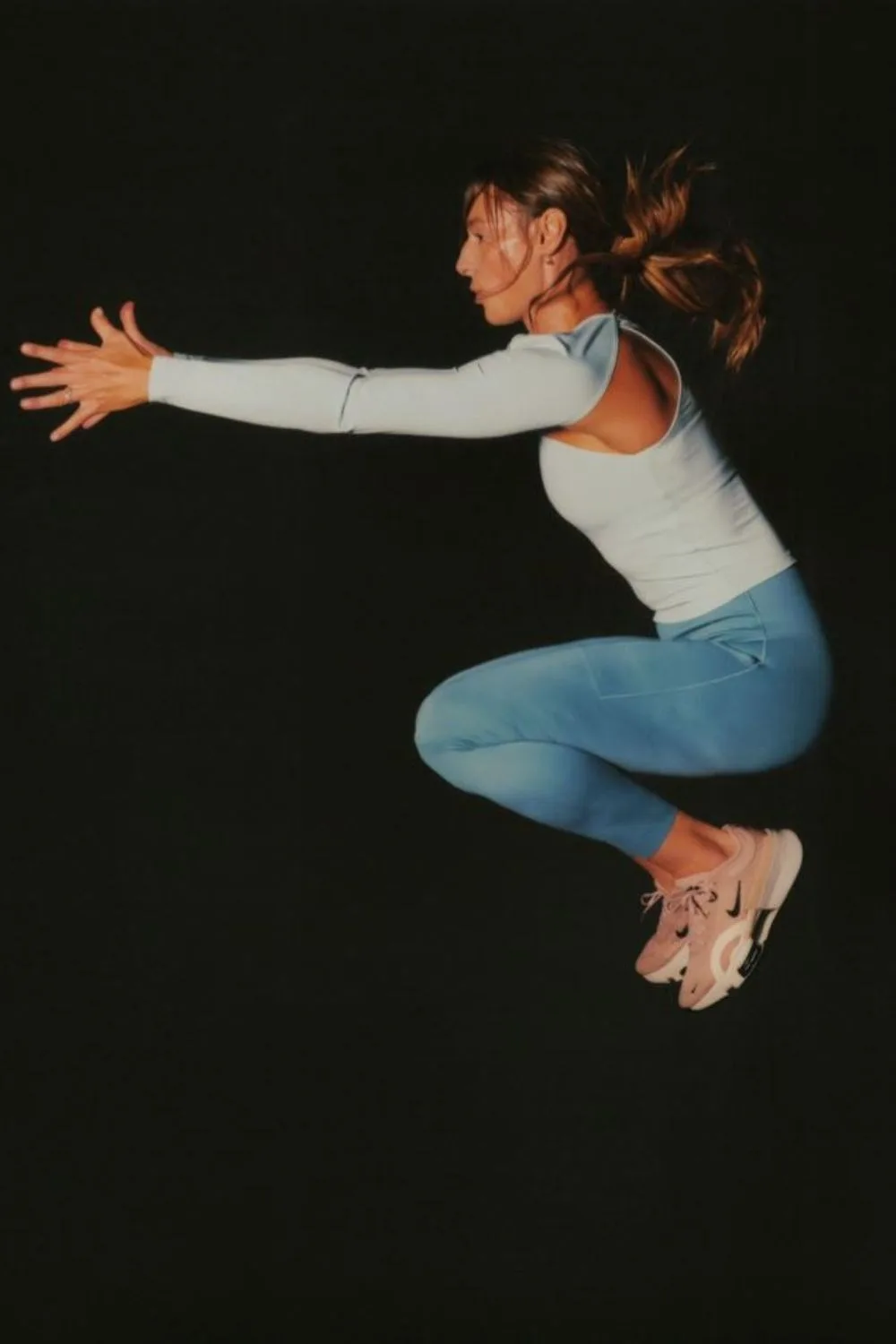
Naturally, it’s good to know where a woman may need more breathability (see: under the armpits), but there is a whole other question on how you design a garment that caters to that need.
While in the past it may have ended up as a patchwork of different fabrics and thicknesses stitched together, these days Nike is able to engineer its fabrics in various thicknesses across one strip of fabric, tailoring it to the exact needs for that piece of clothing.
“You can see sometimes, in the fidelity of the knit, extra places of a little more sheerness for breathability, and then ribbing for more mobility,” Catcher explains.
AI And Sizing
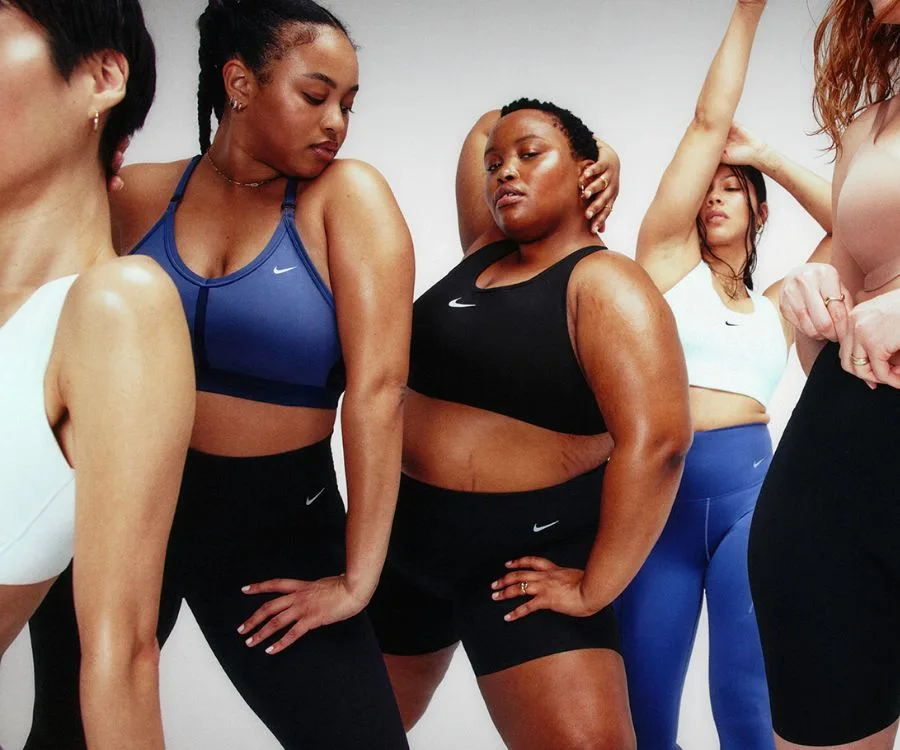
While most things aren’t rocket science, it appears women’s sizing is. Many women feel a sense of ambiguity about their size, sometimes coming in at different sizes within the same store. There is also the issue of whether you are taller or shorter, or rock a more curvy frame.
It’s Nike’s view that data is the answer to this tale as old as time.
“We’ve scanned over 70,000 bodies to be able to understand how we need to scale our sizes, and what each size requires,” she explains. “You can’t just take one size, size small or size medium and scale from there. Every size requires something different.”
She explains that scaling doesn’t work because the piece will end up with some areas that are too baggy or narrow, or it may even be too short or too long.
“Being thoughtful about the morphology of the body, with all the shapes and sizes, allows us to be really thoughtful not only about breathability and mobility, but also the overall fit,” she says.
Of course, this level of research allows brands to offer a wider range of sizing options: tall fit, petite fit, high rise, low rise and more.
For Nike, the approach should no longer be ‘this is what is right for your body’, but ‘everything is right for your body, what do you prefer’?
“Personal preference plays a lot into her style choices,” Catcher explains. “We want to make sure that all body types and all athletes feel confident in what they’re wearing.”
Then Comes The Sports Bra
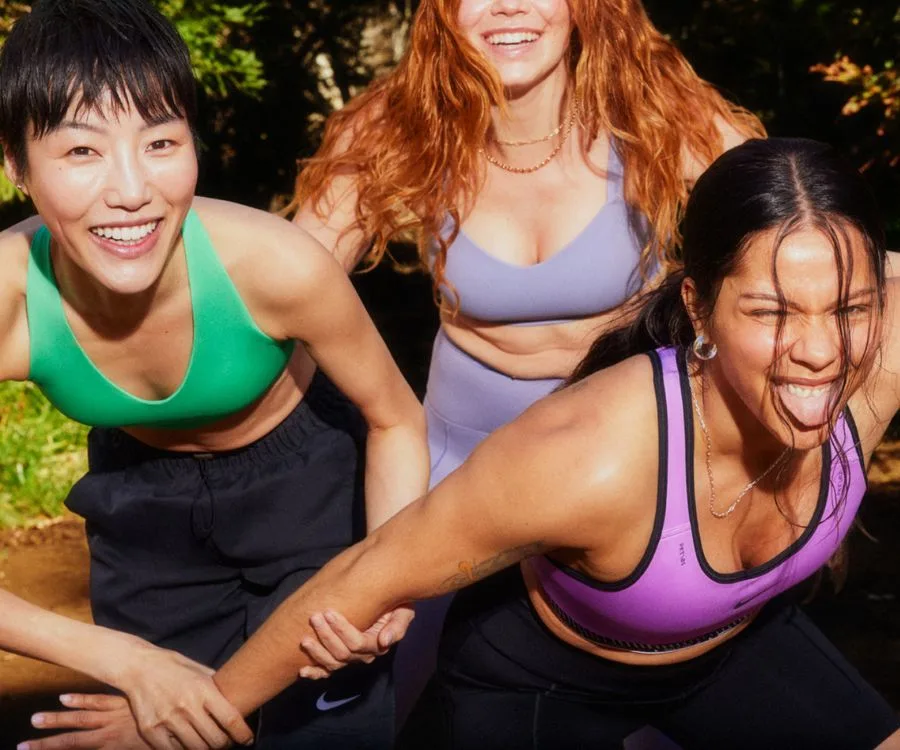
The level of research being put into fitness garments does not stop at leggings and tops. Catcher says Nike spends “thousands of hours in our research labs and innovation teams to look at how sports bras need to fit, because of the way the body moves, and the breasts move.”
Nike are not alone in this either. Multiple fitness brands are innovating to better understand the way breasts move in motion. For example, Under Armour have undertaken research in collaboration with the University of Portsmouth in the UK to discover that sports bras do not just need support for up-down movements. Breasts actually move in an infinity sign motion while in action, and they used that information to create a bra that could offer breathable but non-restrictive support from all angles.
Nike have gone so far as to delve into the world of robotics to tackle this problem, with a “bra robot” designed to move how a woman moves and test their latest designs.
“It allows us to have an incredible level of detail to be able to design bras to meet her needs. And then, choice becomes a really important part of this,” she says.
The idea is that they can create bras with different levels of support depending on the woman, her breasts and the exercise she’s doing.
“We want to make sure that we have multiple support levels, and again, in styles that suit her stylistic desire.”
What About Her Other Needs?
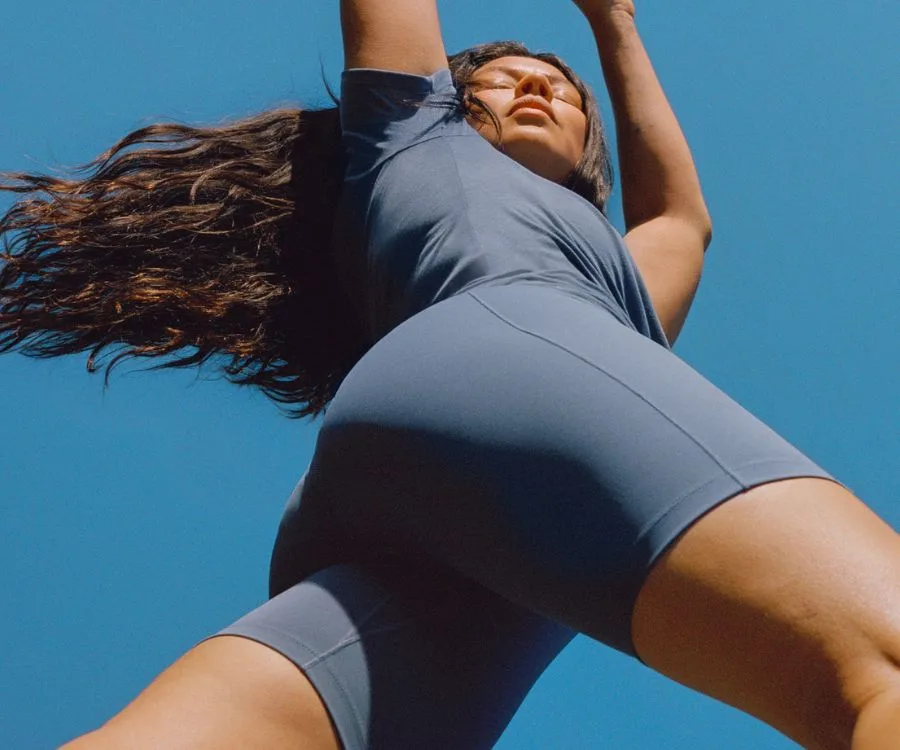
The global movement to destigmatise periods has led to another key offering in Nike’s arsenal: shorts with anti-leakage tech built in. Catcher credits female athletes speaking up about period pain and concerns over leakage as sparking the change.
“[Athletes] have been, over the last couple of years, more and more open about having conversations about the things that were previously not discussed,” she admits.
“As we started hearing a little bit more about concerns about [period] leakage, and distraction from their game and performance on the pitch, we realised that this was an insight that we needed to dive into and a problem that we needed to work to remove for them.”
Enter, Nike “Leak Protection: Period”, incorporated into the Pro short for peace of mind.
“It has a really thin lingerie-like finish in the liner, no visible panty lines and just provides the athletes that extra layer of protection that gives them the confidence to step out onto the pitch and focus on their performance,” Catcher says.
Alongside Leak Protect, the brand is also debuting sewn in bra pads (no bunching or migrating in the wash anymore!) and pockets in many of their garments, so you actually have a place to pop your airpods when you’re out for a walk.
Then, there are the smaller details, including reflective surfaces on running shoes so that women can be seen whilst running at the time that suits them.
What Does This All Mean For Women?
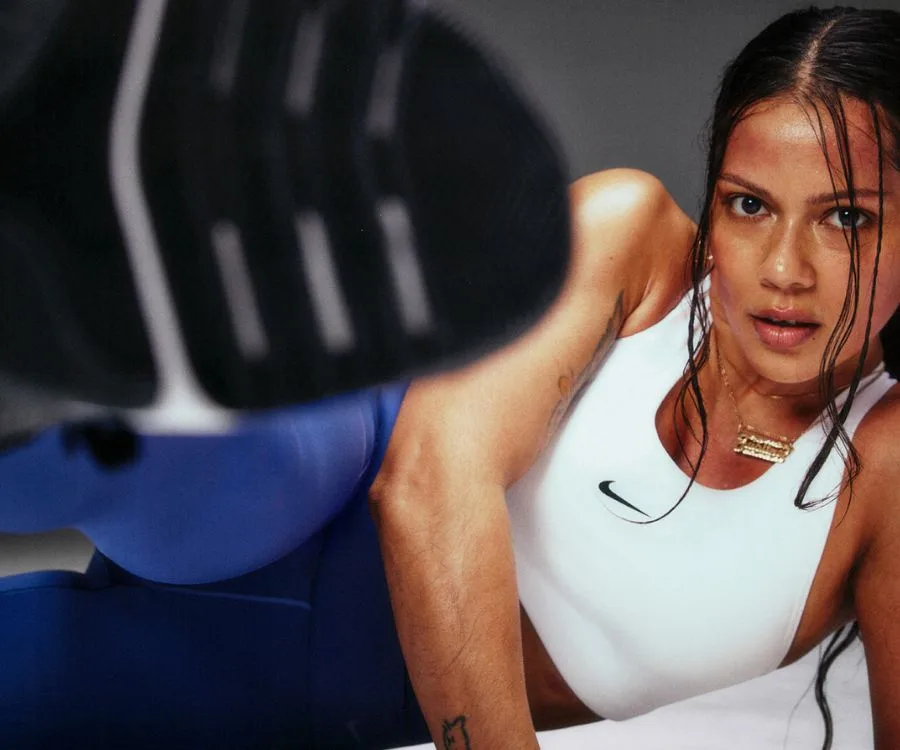
While women have had to go many years without designs tailored to them, it’s clear that there are brands innovating to make up for it.
As Catcher says, “In our labs, the last two years, 70 per cent of our testers have been women.”
The concentration on women in sport, and women in general, is bolstering to the spirit. At the same time, it is important that women continue to advocate for what they need in their garments.
Without all these conversations, about sizing, about movement, about menstruation, we wouldn’t be where we are today.
It’s clear that technology, data and AI may be the answer, but talking about human problems openly, especially female pain points, is the catalyst to finding the solutions.










